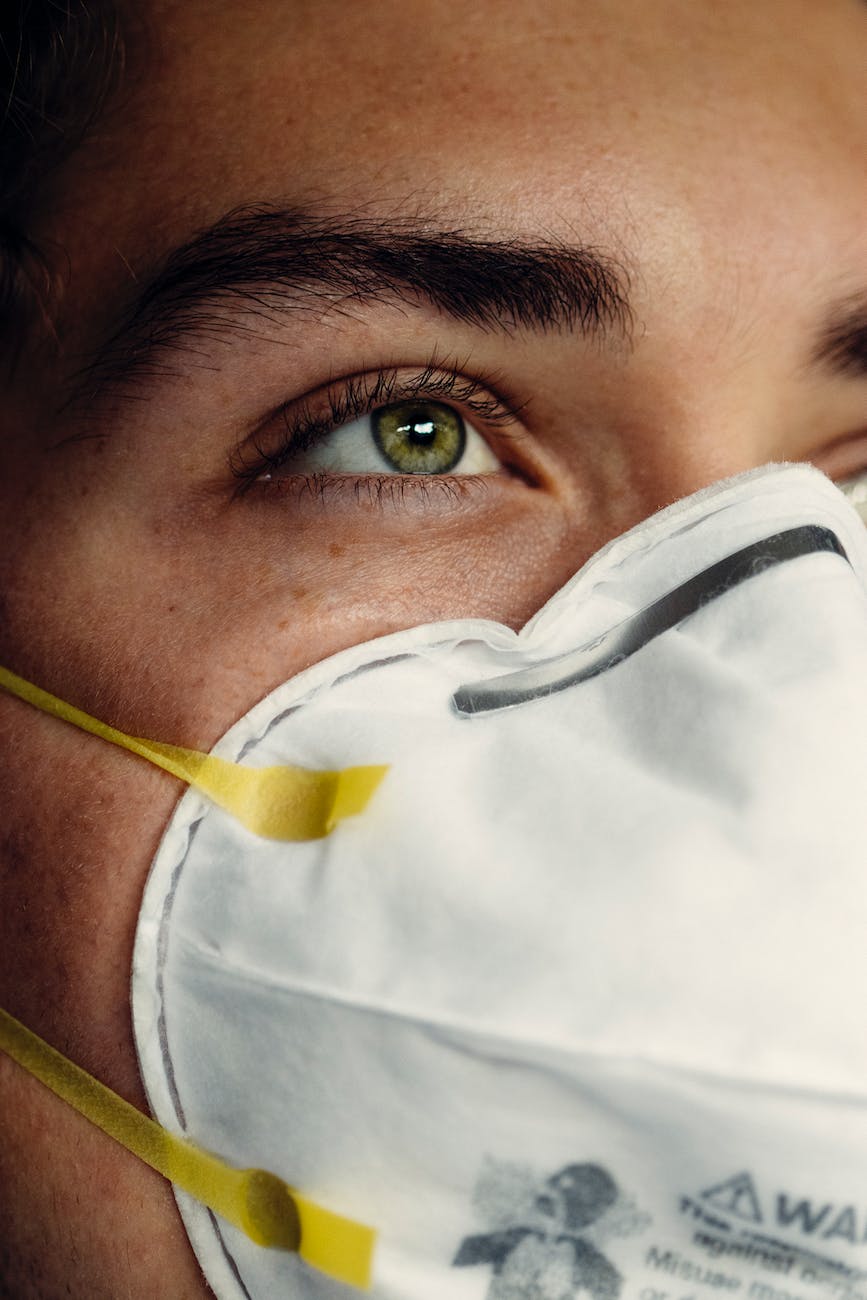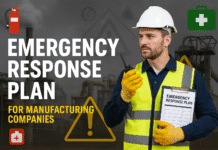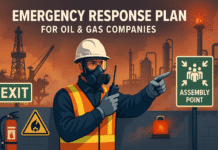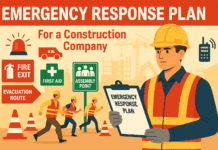
Violence Prevention in Healthcare: Prioritizing Training and Effective Response Plans
Introduction
Healthcare professionals play a crucial role in providing care and support, but unfortunately, they also face the risk of violence in the workplace. This article addresses the importance of violence prevention in healthcare, emphasizing comprehensive training for healthcare workers and the development of effective response plans to ensure a safer working environment.
Understanding the Risk of Violence in Healthcare Settings
- Prevalence of Violence
- Wide Spectrum: Healthcare settings experience a spectrum of violence, from verbal abuse to physical assaults.
- Diverse Contexts: Violence can occur in hospitals, clinics, emergency departments, and even during home visits.
- Factors Contributing to Violence
- High-Stress Environments: Patient stress, long wait times, and challenging diagnoses contribute to heightened emotions.
- Understaffing: Insufficient staffing levels may exacerbate tensions and increase the risk of violent incidents.
- Impact on Healthcare Workers
- Physical and Emotional Toll: Violence can lead to physical injuries and emotional trauma among healthcare workers.
- Job Satisfaction: Frequent exposure to violence may impact job satisfaction and contribute to burnout.
Comprehensive Training for Healthcare Workers
- Recognizing Warning Signs
- Verbal Aggression: Training should focus on identifying early signs of escalating verbal aggression.
- Body Language: Healthcare workers should be trained to recognize threatening body language.
- De-escalation Techniques
- Communication Skills: Equip healthcare workers with effective communication strategies to de-escalate tense situations.
- Empathy Training: Training in empathy helps build connections and diffuse potentially volatile situations.
- Self-Defense Training
- Basic Techniques: Provide healthcare workers with basic self-defense techniques to protect themselves in emergency situations.
- Escaping Safely: Training should include methods for safely escaping dangerous situations.
- Crisis Intervention
- Psychological First Aid: Training in providing immediate psychological support to patients experiencing crisis.
- Team Collaboration: Teach healthcare teams how to work collaboratively during crisis interventions.
Developing Effective Violence Response Plans
- Clear Reporting Procedures
- Incident Documentation: Establish clear protocols for documenting incidents of violence.
- Confidential Reporting: Provide confidential reporting mechanisms to encourage healthcare workers to report incidents without fear of retaliation.
- Collaboration with Law Enforcement
- Emergency Communication: Develop effective communication channels with law enforcement for immediate response to severe incidents.
- Legal Support: Ensure healthcare workers receive appropriate legal support in the aftermath of violent incidents.
- Post-Incident Support Services
- Counseling Services: Offer counseling and mental health support services for healthcare workers affected by violence.
- Recovery Plans: Develop individualized recovery plans for workers to ease their return to work after a violent incident.
- Regular Drills and Simulations
- Mock Scenarios: Conduct regular drills to simulate violent scenarios, allowing healthcare workers to practice their response.
- Feedback Sessions: Provide feedback sessions after drills to identify areas for improvement and reinforce positive behaviors.
Creating a Culture of Safety and Prevention
- Leadership Commitment
- Zero-Tolerance Policy: Leadership should communicate a zero-tolerance policy for violence in the workplace.
- Resource Allocation: Allocate resources for ongoing training and the implementation of safety measures.
- Employee Involvement
- Task Forces: Establish employee-led task forces focused on violence prevention.
- Open Dialogue: Encourage open dialogue between staff and management to address concerns and suggestions.
- Continuous Improvement
- Feedback Mechanisms: Implement mechanisms for healthcare workers to provide feedback on the effectiveness of prevention strategies.
- Adaptability: Stay updated on emerging best practices and adapt prevention plans accordingly.
Conclusion
Violence prevention in healthcare is a multifaceted endeavor that involves comprehensive training for healthcare workers and the development of effective response plans. By recognizing warning signs, providing training in de-escalation techniques and self-defense, and implementing clear reporting procedures, healthcare organizations can foster a safer environment. Through a commitment to leadership, employee involvement, and continuous improvement, healthcare settings can create a culture that prioritizes the well-being of healthcare workers and ensures the delivery of quality patient care in a safe environment.
Safety Training Program Evaluation: Measuring Effectiveness and Impact
Psychosocial Risk Assessment in the Workplace: Addressing Mental Health Concerns
Root Cause Analysis (RCA): Identifying and Addressing Underlying Causes of Safety Incidents
Risk Assessment and Hazard Identification: A Key Responsibility for Safety Officers
Personal Protective Equipment (PPE): Selection, Usage, and Maintenance for Safety Officers
Frequently Asked Questions (FAQs)
- Why is violence prevention important in healthcare settings?
- Violence prevention in healthcare is essential to protect healthcare workers from physical and emotional harm, improve job satisfaction, and maintain a safe working environment for quality patient care.
- What are common factors contributing to violence in healthcare settings?
- High-stress environments, patient stress, long wait times, and understaffing are common factors contributing to violence in healthcare settings.
- What should healthcare workers be trained on to prevent violence?
- Healthcare workers should be trained on recognizing warning signs, de-escalation techniques, self-defense, and crisis intervention to prevent and manage violence.
- How can healthcare organizations develop effective violence response plans?
- Effective violence response plans include clear reporting procedures, collaboration with law enforcement, post-incident support services, regular drills, and a commitment to continuous improvement.
- What role does leadership play in violence prevention in healthcare?
- Leadership plays a crucial role by committing to a zero-tolerance policy, allocating resources for training and safety measures, and fostering a culture of safety and prevention through employee involvement and continuous improvement.

























Very well nararated subject.